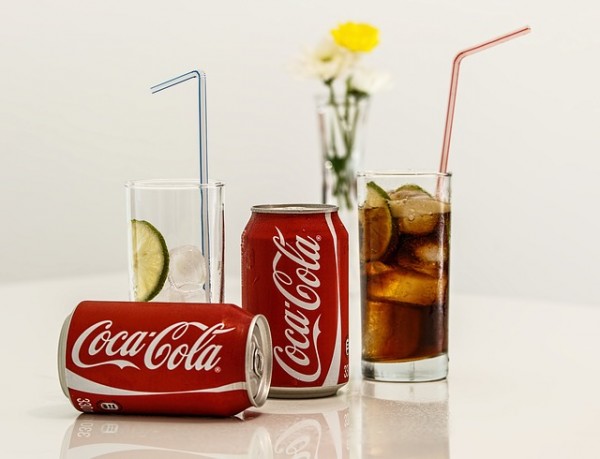
Many health experts suggest that in order to reduce obesity, people must learn to know calories. The problem is for most of them figures don't mean so much. Therefore, there may be a need to translate these figures into more understandable types of messages, a challenge that Johns Hopkins University researchers took.
Sarah Bleich and her colleagues wanted to test how showing a more visual type of calorie information may affect decisions of individuals, especially among teens.
They found the right place to do it: neighborhoods in Baltimore with low-income families. These are the type of people who wouldn't care much about the calories the food they eat have. They've also drinks high in sugar such as sodas make up a huge portion of the children's diet.
They then sent out to work, posting graphic visuals of how long they have to walk in order to burn 250 calories, which is the also the calorie of a 20-ounce soda. Based on the illustration, a person may have to walk for at least 5 miles to burn such calories. A person who is around 110 pounds can also run for 50 minutes. Then they observed for hours, eventually analyzing over 2,500 purchases in stores.
Based on their findings, which can now be read in American Journal of Public Health, there's a significant change on how many of these teens decided to buy sodas.
Before, teens consumed around 200 calories of sugary drinks. After the signs appeared, the level eventually dropped to 179.
Moreover, many of the teens who used to purchase large servings of sodas decided to cut back, dropping to less than 40%.
Teen obesity is a serious problem. Since 1980, its prevalence among the youth between 12 and 19 years old has already tripled. This makes them vulnerable to diseases like cardiovascular disorders, certain forms of cancer, and diabetes very early in life.

